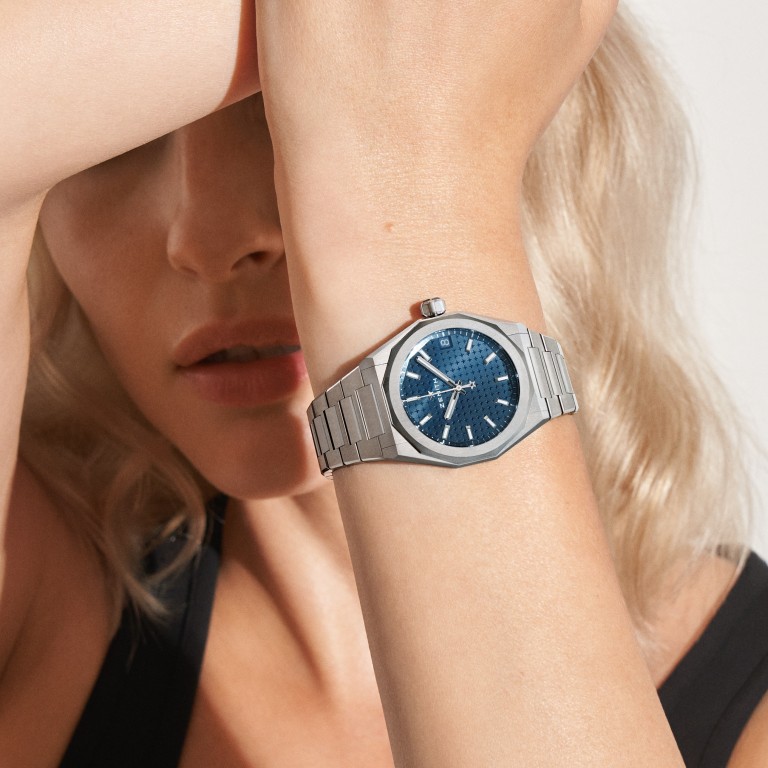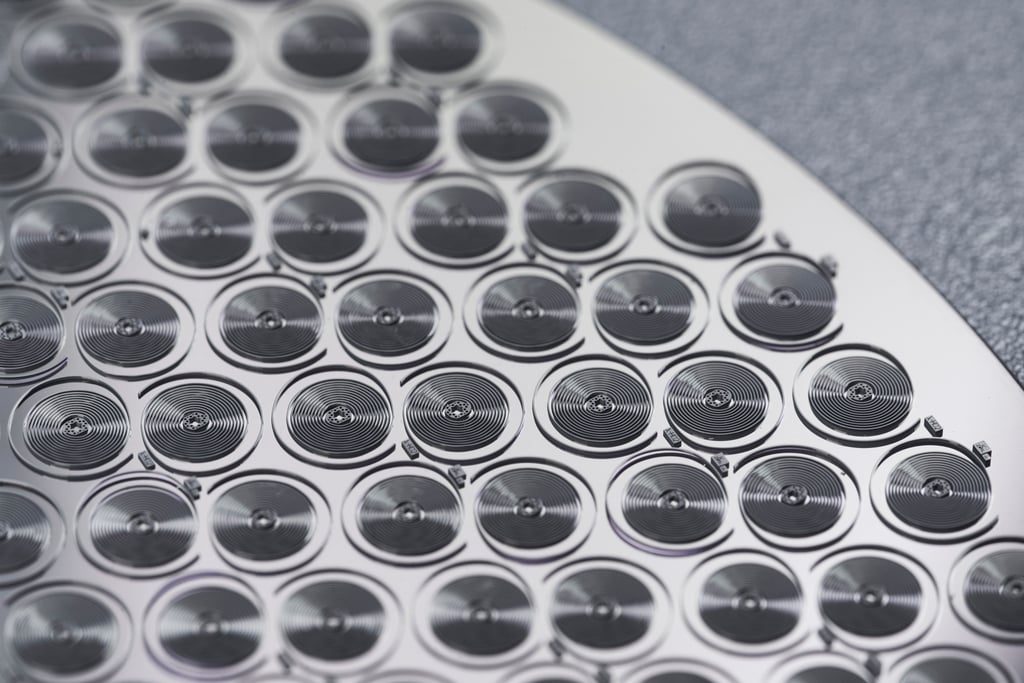How nanotechnology is breaking boundaries in luxury watches: Hermès’ incorporated a photolithography technique for its Cape Cod Crépuscule while Tag Heuer patented a carbon composite hairspring

- Luxury brands continue to explore the possibilities of nanotechnology in haute horlogerie, allowing updates in increased miniaturisation, precision and reliability in its designs
- Zenith’s Julien Tornare says that using this technology allows the brand to ‘think outside the box’, as it constantly updates models like the Chronomaster El Primero and its Pilot watches
Ever since spring-powered clocks were developed in 15th century Europe, watchmakers have strived to advance the science behind haute horlogerie. First, the mainspring was brainstormed as a mechanism for powering a clock. This apparatus stopped the cracking and weakening of a timepiece’s movement so it could withstand numerous cycles.

A lot has changed in the years since, with improved materials and methods allowing for increased miniaturisation, precision and reliability. Now, another wave of innovation is breaking over the field of watchmaking: nanotechnology, the study and manipulation of matter on a near-atomic scale to produce novel structures and materials.
For years, the academic community has been jumping up and down in excitement over how this science could be applied to numerous industries – in everything from healthcare to renewable energy.

One of Switzerland’s leading silicon experts, the Swiss Center for Electronics and Microtechnology, was commissioned to complete the dial, shaped using a silicon wafer just 0.5mm thick. To reach the intensity of colour requested by the maison, a nanotechnology procedure called photolithography was used to transfer Phong Lê’s motif onto the silicon, which was then coated in yellow gold.

Such nano-scale materials and structures often have excellent mechanical properties. “Imagine a dense forest where all the trees are nanotubes,” says Dupas. “We weld the nanotubes together by filling the gaps between them with amorphous carbon.” This increases the hairspring’s wear resistance and strength, while keeping it extremely light and protected from magnetism.